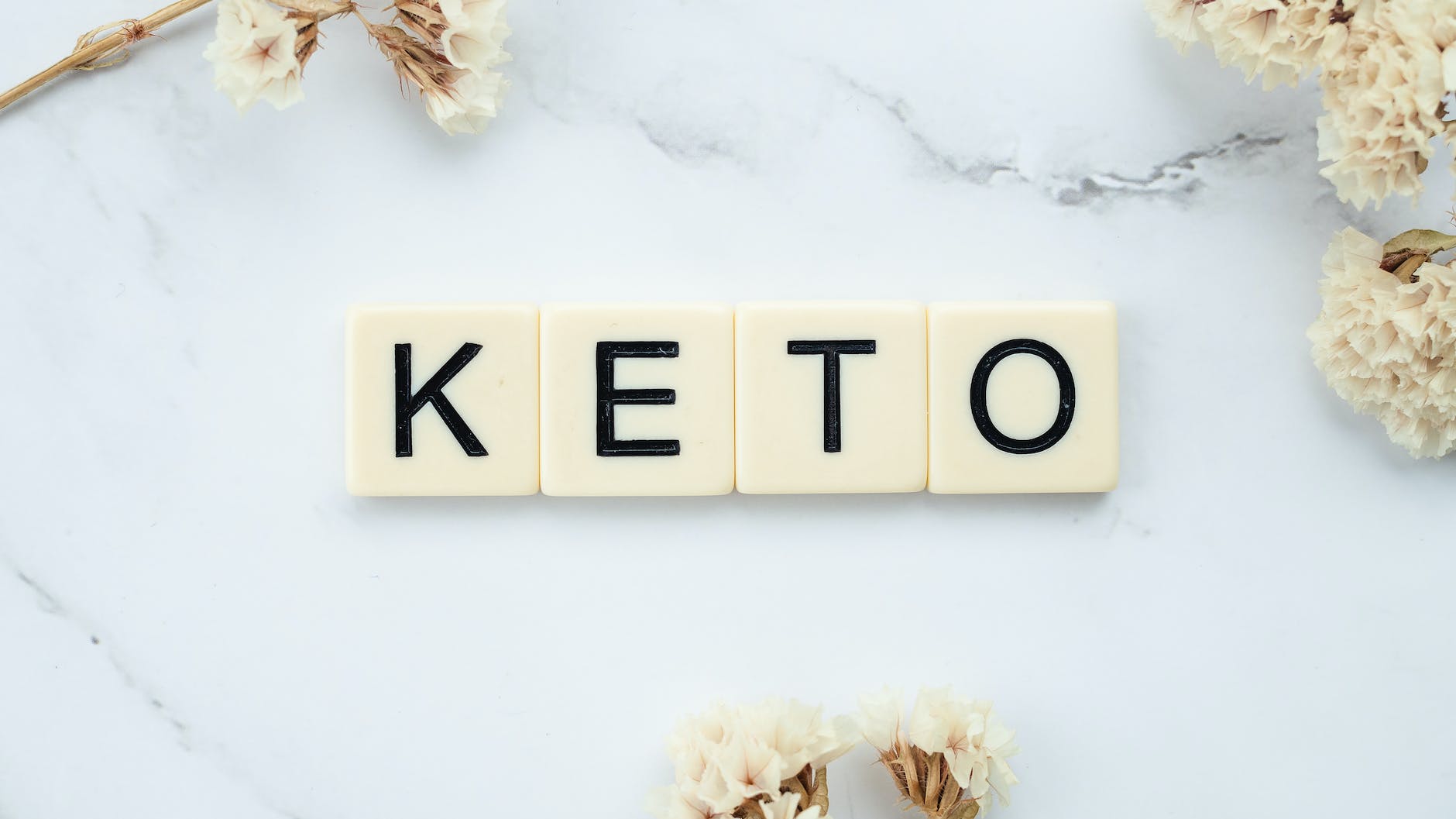
Beef is a protein-rich food that has been a dietary staple for centuries. 🥩🔥 But how does it fit into a keto diet? In this post, we’ll explore why beef is a perfect match for the keto diet, its nutritional benefits, and how you can incorporate it into your keto lifestyle. 🥩🥑
Understanding the Keto Diet 🥩
Before we dive into the details of beef, let’s briefly review the fundamentals of the keto diet. The ketogenic diet is a low-carbohydrate, high-fat eating plan designed to shift your body into a metabolic state called ketosis. By drastically reducing your carbohydrate intake and increasing your fat consumption, your body becomes efficient at burning fat for fuel instead of glucose. 🍔🥑
A typical keto diet involves consuming around 70-75% of calories from fat, 20-25% from protein, and only 5-10% from carbohydrates. This macronutrient distribution helps maintain ketosis, leading to weight loss, improved cognitive function, and various other health benefits associated with the keto diet. 📊💪
Beef: A Nutritional Powerhouse 🥩
Beef is not only delicious but also offers a range of important nutrients that make it an excellent choice for those following a keto lifestyle. Here are some nutritional benefits of beef:
- Protein: Beef is a rich source of high-quality protein, which is crucial for building and repairing tissues, as well as supporting the growth and maintenance of muscles. Consuming sufficient protein is essential on a keto diet to prevent muscle loss and promote satiety. 🥩💪
- Healthy Fats: While beef is often associated with protein, it also contains varying amounts of healthy fats. The fat content depends on the cut of beef you choose. For example, cuts like ribeye or T-bone steak tend to have higher fat content, including monounsaturated fats and omega-3 fatty acids, which offer various health benefits. 🥩🥑
- Vitamins and Minerals: Beef is a great source of essential vitamins and minerals, including vitamin B12, iron, zinc, selenium, and phosphorus. These nutrients play vital roles in energy production, immune function, red blood cell formation, and overall well-being. 💊💪
- Conjugated Linoleic Acid (CLA): Grass-fed beef contains conjugated linoleic acid, a type of fatty acid known for its potential health benefits, including reducing body fat, enhancing insulin sensitivity, and supporting heart health. 🌱❤️
- Creatine: Beef is naturally rich in creatine, an organic compound that plays a key role in energy production during intense physical activity. Consuming beef can help increase creatine stores in your muscles, potentially enhancing your performance during workouts. 💪🏋️♂️
Incorporating Beef into Your Keto Meals 🍽️
Beef offers a variety of options for incorporating it into your keto meals. Here are some ideas to get you started:
- Grilled Steaks: Enjoy a juicy, grilled steak as the centerpiece of your keto-friendly meal. Opt for fattier cuts like ribeye or New York strip, which are rich in flavor and healthy fats. Pair it with non-starchy vegetables sautéed in butter or a side salad drizzled with olive oil for a well-rounded keto meal. 🥩🔥🥗
- Ground Beef Recipes: Ground beef is versatile and can be used in a wide range of keto-friendly recipes. Make a batch of low-carb meatballs, flavorful keto burgers wrapped in lettuce instead of a bun, or a hearty keto chili loaded with spices and vegetables. 🍔🍅🌶️
- Beef Stir-Fries: Stir-fries are a quick and easy way to incorporate beef into your keto diet. Use thinly sliced beef, colorful low-carb vegetables like bell peppers, broccoli, and zucchini, and seasonings such as garlic, ginger, and soy sauce. Cook it all in a healthy cooking oil like coconut oil or avocado oil for a delicious and satisfying meal. 🍳🍲🥩
- Roasts and Slow-Cooker Dishes: Roasts and slow-cooker dishes are ideal for meal prep and creating flavorful, tender beef dishes. Choose cuts like chuck roast or brisket, season them with herbs and spices, and let them cook slowly until they’re fall-apart tender. Serve with low-carb vegetables or cauliflower mash for a comforting and filling keto meal. 🥩⏰🍽️
- Beef Jerky or Biltong: When you’re in need of a portable keto-friendly snack, consider beef jerky or biltong. These dried meat options are high in protein, low in carbs, and perfect for satisfying your hunger on the go. Look for brands that use minimal additives and are free from added sugars. 🥩🌱🚶♀️
Conclusion 💡
Beef is a nutrient-dense food that can be an excellent addition to a keto diet. It provides high-quality protein, healthy fats, and essential vitamins and minerals. When choosing beef for your keto meals, opt for quality cuts and consider incorporating grass-fed or organic options whenever possible. Experiment with different cooking methods and recipes to keep your meals exciting and satisfying. By including beef in your keto diet, you can enjoy its nutritional benefits and create delicious, keto-friendly meals that support your health and well-being. 🥩💪🥑













